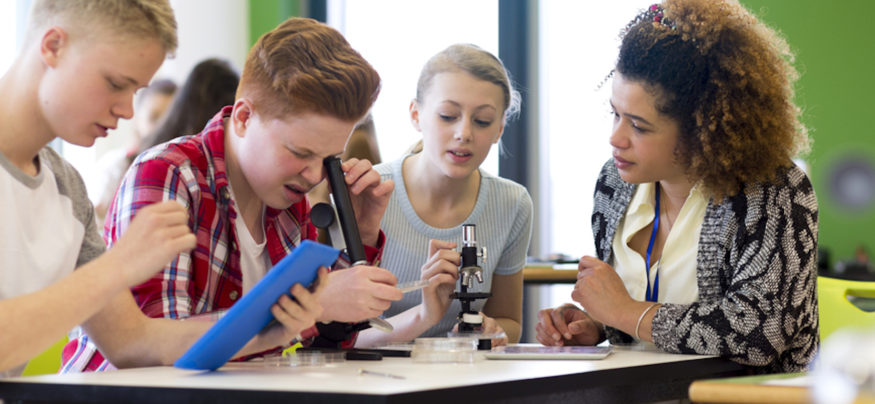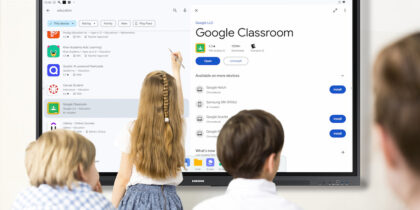According to Andreas Schleicher, the Organization for Economic Co-operation and Development (OECD) director for education and skills, “Technology is the only way to dramatically expand access to knowledge.” While access to technology in the classroom is important in facilitating this change, promoting student-driven learning and revolutionizing the teacher-student relationship may be even more significant.
Traditionally, teachers and students have had a very regimented relationship. The teacher stood at the head of the classroom, dictating lessons and hoping that their students were listening and absorbing at least some of what was being taught. Now, technology is looking to invert that relationship by “empowering students to be self-directed learners” and challenging teachers to create customized and personal lesson plans for each individual student.
That’s the claim being made by the Summit Personalized Learning Platform, a Facebook-backed effort jointly developed with Summit Public Schools, a network of non-profit charter schools headquartered in Silicon Valley. The program will be rolled out in 120 of its schools this fall.
The Summit Personalized Learning Platform will use software to promote student-driven learning, allowing students to choose the order in which they complete assignments and even how they complete those assignments, giving them more control over how they learn. On the other side of the relationship, teachers will be encouraged to customize instructions to meet students’ needs. Both students and teachers will be able to track their progress through a visual online interface, which will also harness the power of data analytics to get the most out of the tools.
Revolutionizing the Teacher-Student Relationship
“To deliver on the promises technology holds, countries need to invest more effectively and ensure that teachers are at the forefront of designing and implementing this change,” Schleicher noted following the publication of the OECD’s Students, Computers and Learning: Making the Connection report in 2015.
The report illustrates that simply providing consistent access to technology such as Chromebooks isn’t going to automatically improve a student’s ability to learn, which is why a new approach to how we teach is needed. According to a limited test in 19 schools last year, the new Summit Personalized Learning Platform can achieve this. The New York Times reports that in one Oakland, California school testing the program, 31 percent of the school’s sixth graders were “reading at or above their grade level, compared with just 9 percent in the fall. That was a larger improvement in reading than students in seventh and eighth grades, which did not use the platform.”
Over 1,500 educators from public, private and charter schools took part in a training camp this summer to learn how to use the system, indicating a high level of interest among teachers to try this innovative approach.
Another way to increase student engagement in the classroom is through gamification. Learn about the science behind this new trend in education here.








